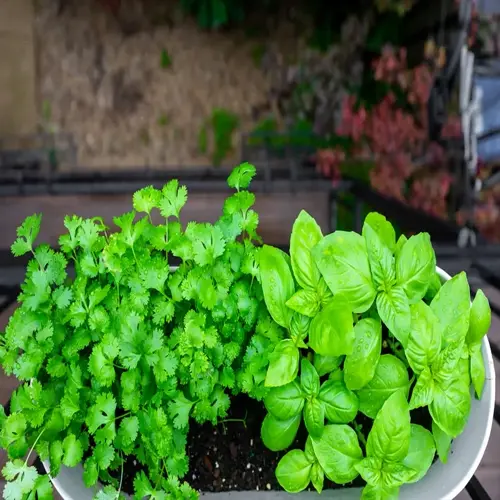What preservation methods work best for mint leaves?

Written by
Julia Anderson
Reviewed by
Prof. Martin Thorne, Ph.D.Storing herbs allows summer flavors to linger well past the season, thanks to techniques I've developed over the years. Timing of harvest is more important than anything; only select the leaves just before flowering for the highest oil concentration, and harvesting in the morning, once any dew has dried, works best for preserving most aroma. Different preferences will dictate culinary and medicinal applications.
Freezing Techniques
- Flash-freeze leaves on trays before bagging for individual use
- Create herb ice cubes with chopped mint and water or oil
- Blend into pesto with olive oil before freezing in portions
Drying Methods
- Hang small bundles upside down in dark, ventilated spaces
- Use dehydrators at 95°F for 2-4 hours checking frequently
- Store crumbled leaves in airtight jars away from light sources
Infusion Processes
- Steep leaves in vinegar for 3 weeks shaking daily
- Combine with neutral oils in sterilized bottles for dressings
- Layer with sugar for flavored sweeteners over 4-6 weeks
Prepare leaves correctly ahead of preservation. Wash gently in cold water without bruising. Pat dry completely with towels, removing all moisture. Remove stems before freezing and drying. For infusions, gently bruise the leaves to extract the oils. This process heavily affects the final quality.
Store preserved mint under ideal conditions. Frozen mint is best preserved at 0°F in vacuum-sealed bags. Dried mint should be stored in a dark, cool place inside glass containers, away from heat sources. Infusions should be refrigerated after opening. Label all of these items with dates and rotate stock annually to ensure optimal inventory management.
Resolve commonly seen preservation problems. Discolored frozen mint reveals air exposure; reseal. Musty, dried herbs indicate insufficient ventilation during the drying process. Cloudy infusions signify there was not enough sterilization. Act promptly to save the batch.
Use preserved mint in creative ways. Frozen cubes liven up summer beverages. Dried mint can season roasted vegetables. Infused oils elevate pasta dishes. Herb sugars can be used to rim the glasses of cocktails. All these methods create applications for mint beyond fresh.
Read the full article: How to Grow Mint: A Complete Beginner Guide

